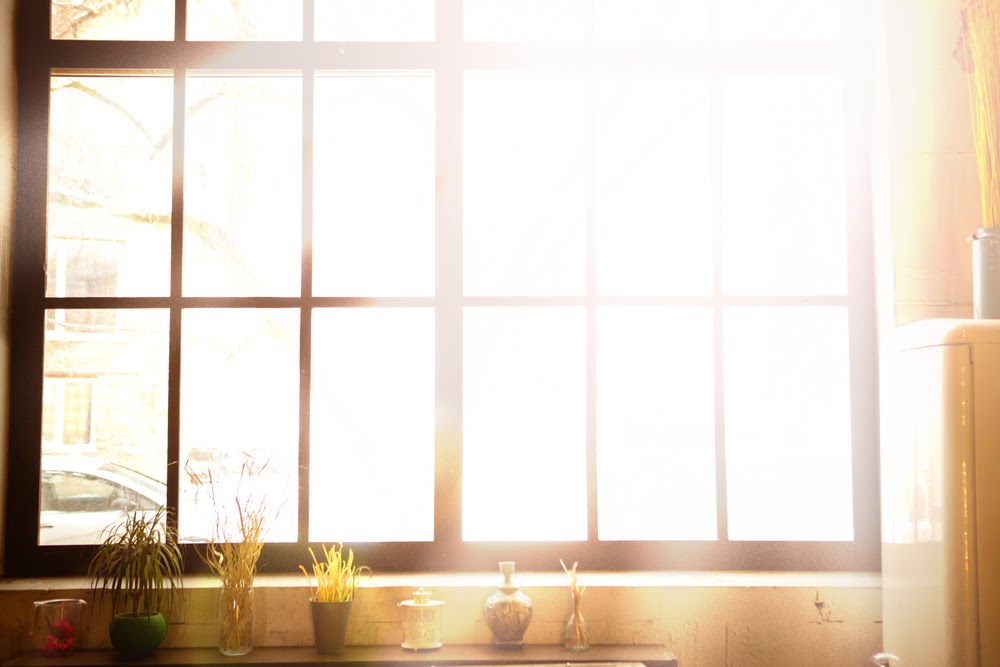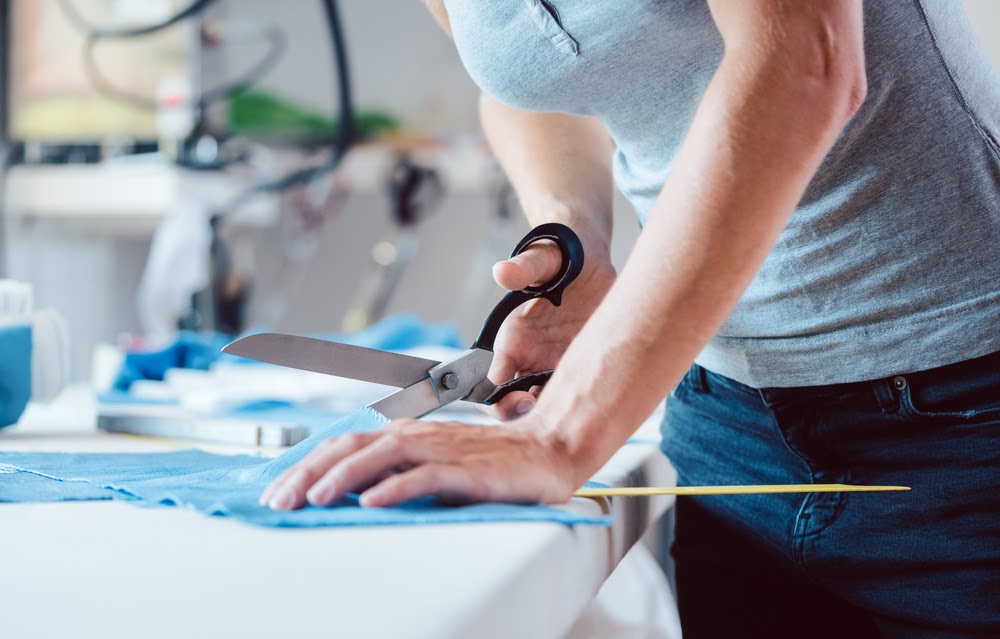Energy-Efficient Blackout Curtains Shade the Home from Energy Waste
During the brightest days of spring and summer, the hot sun can shoot through the windows of the home and light up the rooms. The natural sunlight can help reduce lighting costs in the home, but there’s a downfall: the sun heats up the space.
When the heat of the day shines into the home, that extra warmth can affect the air conditioning and make the HVAC kick on more frequently. However, energy efficient blackout curtains can shade the home from that energy waste, keeping the home cooler…and maybe even allow the HVAC to take a little break.

Natural Light is Good, Right?
But isn’t natural light entering the home considered a good way to reduce energy? After all, there are so many sites (benefyd, included!) that list sunlight as a natural way to reduce energy costs.
While it’s true that natural light can reduce the need for artificial light, thus lowering expenses for electricity, the bright sun adds extra heat to the space. This heat would be fine during winter, when more heat is a benefit for the HVAC.
During the spring and summer, though, the air conditioning may be in use. When the sun shines into the room and adds a few extra degrees, the air conditioning has to work harder to keep the room cool. Heating and cooling account for the majority of the home’s energy use, and any extra stress on the HVAC may boost those costs higher.
When the HVAC has to do more work, the bill for the energy in the home might increase…even though that natural light is being used instead of switching on a lamp.
What are Blackout Curtains?
Energy-efficient blackout curtains aren’t energy efficient in that they use less energy; obviously, curtains don’t use energy of any sort. However, these dark heavier curtains can save energy by keeping out heat.
Energy-efficient curtains keep light from entering a room and darken the room. This is the reason why they are called blackout curtains.
But blackout curtains also keep out UV light; this light can damage furniture and maybe artwork, too. When sunlight enters the room, it can cause pictures and fabric to fade. Blackout curtains can help prevent this issue.
These curtains also are great for media rooms or in bedrooms for those who work the graveyard shift and sleep during the day.
Are Blackout Curtains Black?
Homeowners might wonder if blackout curtains are just a dark black piece of fabric. Or black drapes. They can be black, if that’s what homeowners choose!
However, homeowners shouldn’t assume that these drapes will make a room look like something out of a horror movie or nod to gothic appeal and style. Blackout curtains can come in lots of styles and colors. Patterns, too.
Choose curtains or drapes that match the décor of the room. Or homeowners can use blackout shades.00
Are Blackout Curtains Expensive?
Homeowners who live in an area that gets incredibly hot during the spring and/or summer might want to invest in blackout curtains to shield their rooms from extra heat. These curtains, though, aren’t always an investment.
Homeowners can find blackout curtains at many stores and at many different prices. Some are less than $20. However, the size or composition and style might affect pricing. Certain brands also could be more expensive.

DIY Blackout Curtains
Homeowners who are not afraid of DIY projects also can sew their own blackout curtains. The site two twenty one offers a tutorial on sewing these curtains. Homeowners will need fabric plus blackout lining to keep out the sun!
Making blackout curtains lets homeowners customize the look of the curtains. They can select their own fabric and even add creative personal touches. The tutorial for the curtains was used to make blackout curtains for a nursery! Blackout curtains could also help keep a baby’s room darker for nap time.
Where to Use Blackout Curtains
What rooms would best benefit from blackout curtains? Really, that’s up to the homeowner. Consider using these curtains in rooms where the windows are exposed to the heat of the sun. Blackout curtains also are great for bedrooms, nurseries, home theaters and anywhere that homeowners want to decrease the amount of light.
Homeowners also might consider using blackout curtains or shades in rooms that have cherished photos or brand new furniture. As these window treatments keep out the UV light, they may be able to help preserve the colors of photos and fabric longer.
While energy-efficient blackout curtains can help ensure that rooms don’t heat up unnecessarily and cause the HVAC to work too hard, homeowners also might wish to make other changes to improve the energy efficiency of their home.
When using blackout curtains, the rooms might stay cooler. Homeowners can nudge up the thermostat on the air conditioner to further enhance energy savings. Ceiling fans also can help circulate cool air. There are many ways to save energy in each room, however.
Combining energy-saving habits with the room darkening effects of the blackout curtains can help homeowners lower energy use and, hopefully, lower their monthly energy bills, too!


